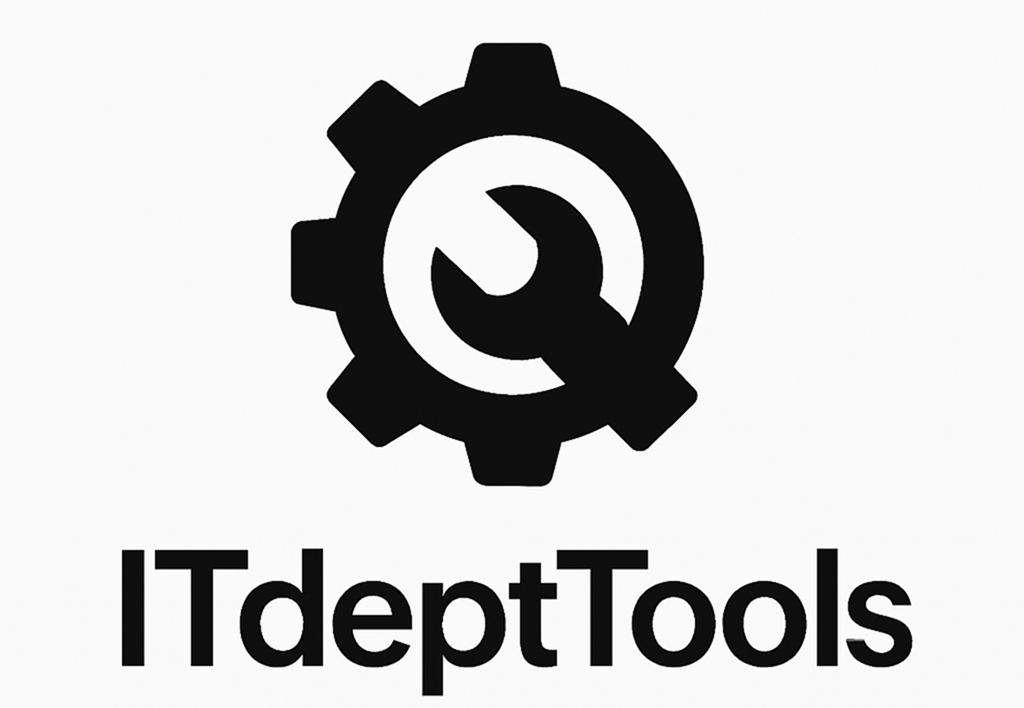The Dude: When You Just Want to Know What’s on Your Network — Visibly and Instantly
“The Dude will discover your network.” Sounds like a joke until you install it and watch as switches, IP cameras, forgotten access points, and dusty printers start popping up on a live map. If your job involves asking “what’s even on this network?” — The Dude answers it fast, with no setup circus.
Built by MikroTik but not limited to MikroTik gear, it scans, maps, and monitors your environment in real time. Whether you’re dealing with five nodes or five hundred, it’s free, runs on Windows or RouterOS, and gives you a visual that most SNMP tools can’t — without needing a manual the size of a firewall rulebook.
What It Does — and Why It’s Useful
| Feature | Practical Benefit |
| Auto-discovery | Scans IP ranges, identifies device types and services |
| Live network map | Visual map with links, labels, real-time status — fully customizable |
| SNMP/ICMP/HTTP checks | Uptime, ping latency, CPU, RAM, service availability — visual and tabular |
| Custom probes | TCP port checks, HTTP GETs, login attempts — whatever logic you need |
| Notifications | Email, pop-up, sound — on device down, overload, or service fail |
| Built-in server | Runs as a service on Windows or RouterOS; no third-party dependencies |
| Lightweight backend | One binary manages config, database, logs, and polling engine |
When You’ll Reach for It
– You’re supporting a small/medium LAN and want live visibility without deploying a full monitoring stack
– You need a fast network audit across one or more subnets — without spreadsheets or guesswork
– SNMP is working, but you want a map, not just OID values
– You manage MikroTik routers but also have other devices — switches, APs, printers, terminals
– You need a wallboard-style network map that shows what’s up and what’s not — and you don’t want to draw it yourself
System Requirements and Architecture
| Component | Details |
| OS | Windows 7/10/11 (for server or client) or RouterOS with Dude package |
| Architecture | x86 or ARM (RouterOS), 64-bit Windows recommended |
| RAM | 512MB minimum — 1GB+ for large networks |
| Network | SNMP, ICMP, HTTP/S, DNS, TCP — must be reachable from the Dude server |
| Deployment | One Dude server, many clients can connect; data is local to server |
Getting Started (Windows Example)
- Download installer
Available at https://mikrotik.com/thedude2. Install server and client
Choose default port (usually 2210) and set the initial admin password3. Define network ranges to scan
Add subnets for auto-discovery (e.g. 192.168.0.0/24)4. Configure SNMP settings
Set community strings, timeouts, and probes per device type5. Watch the map build itself
Devices will appear with status indicators, links, and SNMP data
Strengths and Caveats
Things it does surprisingly well:
– Fast discovery — even in fragmented or messy networks
– Visual layout that helps you see what’s broken — not just alerts
– SNMP works out of the box with most vendors
– Completely free — no license, no user/device limits
– Ideal for sites with up to a few hundred devices
Things you’ll notice:
– UI hasn’t changed much in years — functional, not flashy
– Performance drops above ~500 devices unless tuned manually
– No web interface — desktop-only client
– Backups are manual — configs and data are local only
– Not built for distributed/multi-site monitoring without VPN or tunneling
Final Thought
The Dude isn’t trying to compete with Zabbix, Nagios, or PRTG. It’s not built for multi-data center observability. But when you want quick answers, clear visuals, and real-time feedback on a local network — it delivers. It’s especially good as a first-layer map and monitor for small IT teams, edge offices, schools, and MSPs with constrained resources.
And best of all — it costs nothing, installs in minutes, and starts earning its keep the same day.







